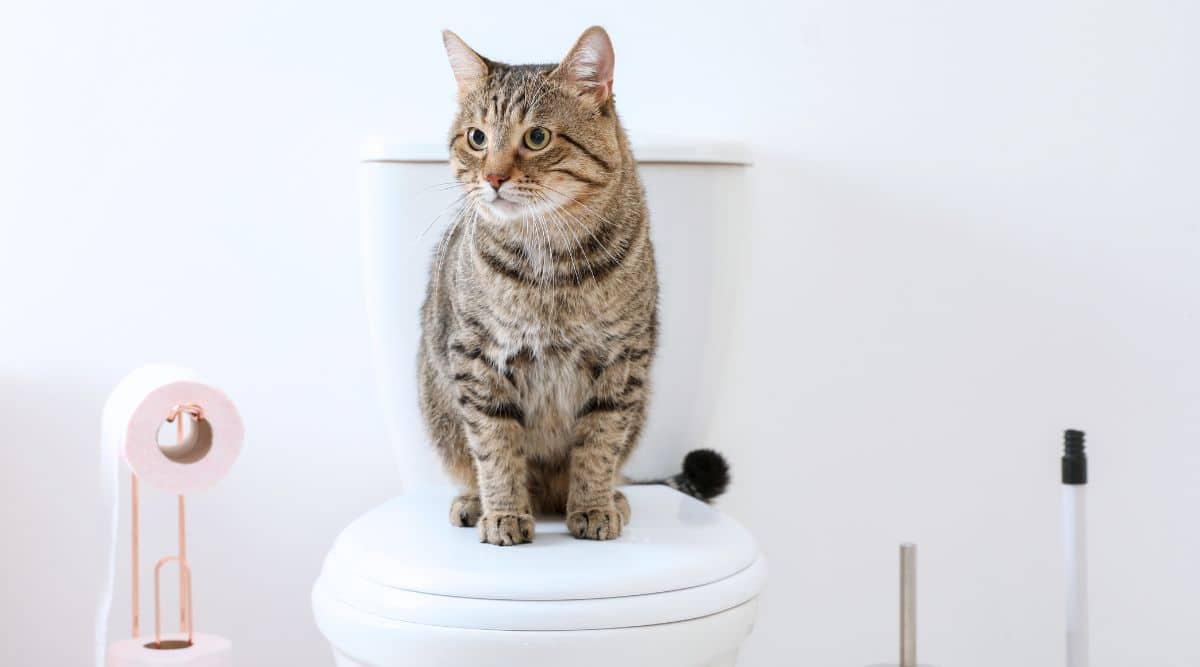The Risks of Flushing Cat Poop in Your Toilet - Preventive Steps
The Risks of Flushing Cat Poop in Your Toilet - Preventive Steps
Blog Article
This great article down below about Can You Flush Cat Poop Down The Toilet? is absolutely insightful. You should give it a look.

Intro
As feline proprietors, it's important to bear in mind how we get rid of our feline pals' waste. While it might appear practical to flush feline poop down the commode, this technique can have harmful repercussions for both the atmosphere and human wellness.
Alternatives to Flushing
Thankfully, there are much safer and much more accountable means to deal with feline poop. Think about the following alternatives:
1. Scoop and Dispose in Trash
One of the most usual technique of dealing with pet cat poop is to scoop it into a naturally degradable bag and toss it in the trash. Make sure to utilize a dedicated trash scoop and throw away the waste promptly.
2. Use Biodegradable Litter
Opt for naturally degradable pet cat litter made from materials such as corn or wheat. These litters are eco-friendly and can be safely thrown away in the garbage.
3. Bury in the Yard
If you have a yard, take into consideration burying feline waste in a marked location far from veggie yards and water sources. Make certain to dig deep enough to prevent contamination of groundwater.
4. Mount a Pet Waste Disposal System
Buy a pet dog garbage disposal system specifically created for pet cat waste. These systems utilize enzymes to break down the waste, reducing odor and environmental effect.
Health and wellness Risks
Along with ecological worries, flushing cat waste can likewise position health dangers to people. Pet cat feces may contain Toxoplasma gondii, a bloodsucker that can create toxoplasmosis-- a possibly severe health problem, specifically for pregnant women and people with damaged immune systems.
Ecological Impact
Purging cat poop introduces dangerous pathogens and bloodsuckers right into the water system, posing a significant danger to aquatic ecological communities. These contaminants can negatively impact aquatic life and compromise water high quality.
Verdict
Liable family pet possession extends past providing food and sanctuary-- it additionally includes proper waste monitoring. By avoiding purging feline poop down the commode and going with alternative disposal approaches, we can reduce our environmental impact and shield human health and wellness.
Why Can’t I Flush Cat Poop?
It Spreads a Parasite
Cats are frequently infected with a parasite called toxoplasma gondii. The parasite causes an infection called toxoplasmosis. It is usually harmless to cats. The parasite only uses cat poop as a host for its eggs. Otherwise, the cat’s immune system usually keeps the infection at low enough levels to maintain its own health. But it does not stop the develop of eggs. These eggs are tiny and surprisingly tough. They may survive for a year before they begin to grow. But that’s the problem.
Our wastewater system is not designed to deal with toxoplasmosis eggs. Instead, most eggs will flush from your toilet into sewers and wastewater management plants. After the sewage is treated for many other harmful things in it, it is typically released into local rivers, lakes, or oceans. Here, the toxoplasmosis eggs can find new hosts, including starfish, crabs, otters, and many other wildlife. For many, this is a significant risk to their health. Toxoplasmosis can also end up infecting water sources that are important for agriculture, which means our deer, pigs, and sheep can get infected too.
Is There Risk to Humans?
There can be a risk to human life from flushing cat poop down the toilet. If you do so, the parasites from your cat’s poop can end up in shellfish, game animals, or livestock. If this meat is then served raw or undercooked, the people who eat it can get sick.
In fact, according to the CDC, 40 million people in the United States are infected with toxoplasma gondii. They get it from exposure to infected seafood, or from some kind of cat poop contamination, like drinking from a stream that is contaminated or touching anything that has come into contact with cat poop. That includes just cleaning a cat litter box.
Most people who get infected with these parasites will not develop any symptoms. However, for pregnant women or for those with compromised immune systems, the parasite can cause severe health problems.
How to Handle Cat Poop
The best way to handle cat poop is actually to clean the box more often. The eggs that the parasite sheds will not become active until one to five days after the cat poops. That means that if you clean daily, you’re much less likely to come into direct contact with infectious eggs.
That said, always dispose of cat poop in the garbage and not down the toilet. Wash your hands before and after you clean the litter box, and bring the bag of poop right outside to your garbage bins.
https://trenchlesssolutionsusa.com/why-cant-i-flush-cat-poop/
Do you really like more info about How to Dispose of Cat Poop and Litter Without Plastic Bags? Put a remark down the page. We would be delighted to see your reactions about this page. In hopes that you come back again later on. If you please take the opportunity to share this blog if you appreciated it. Thanks for your time. Please come visit our blog back soon.
Call Today Report this page